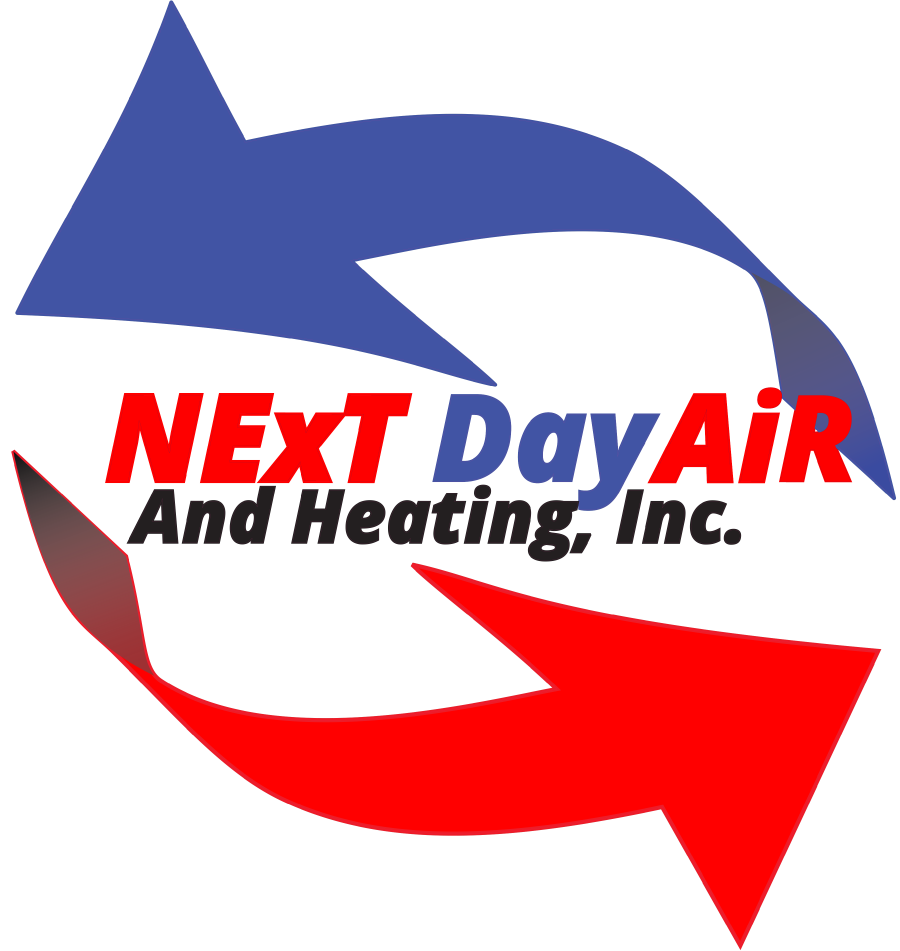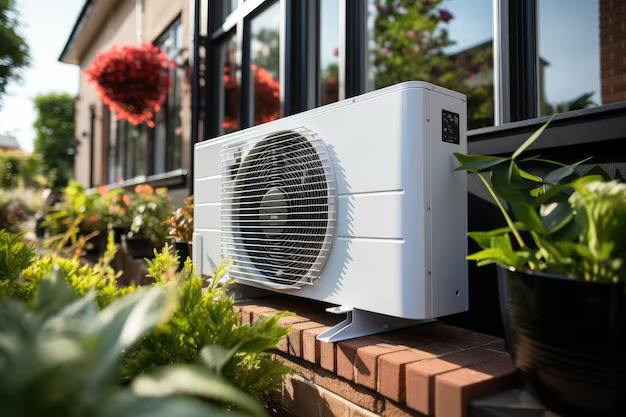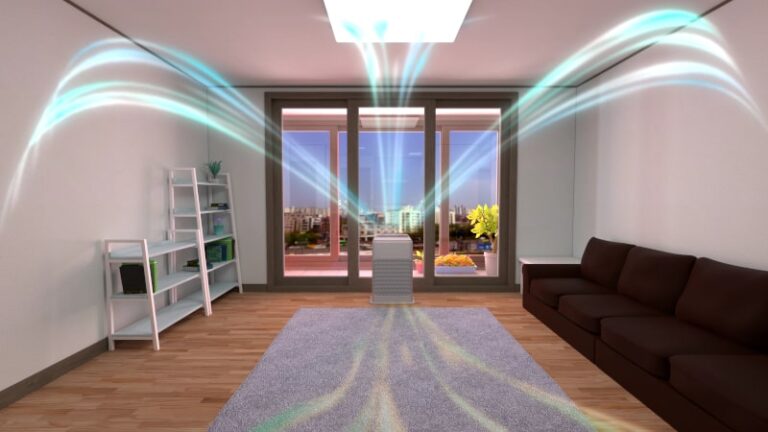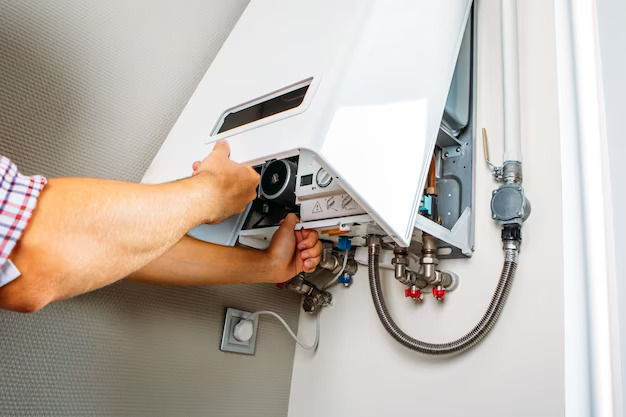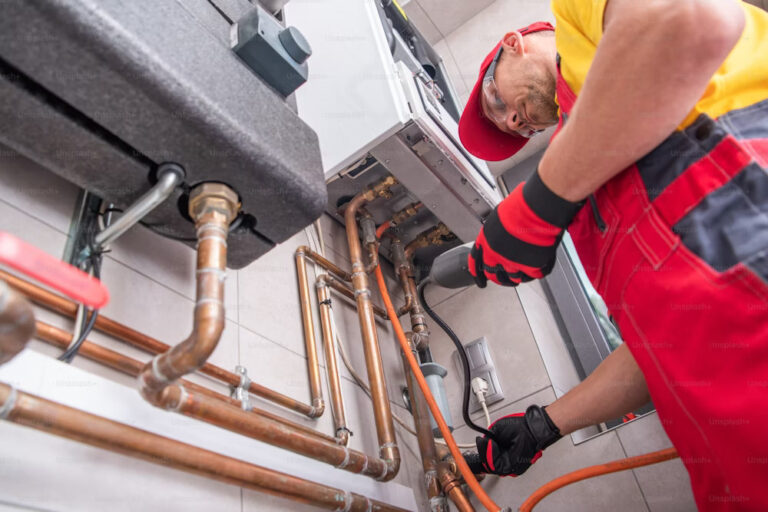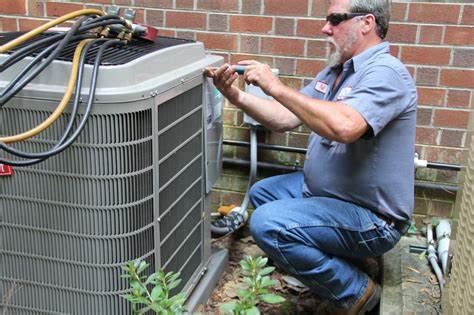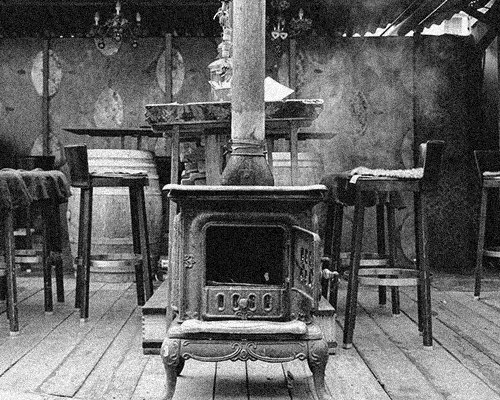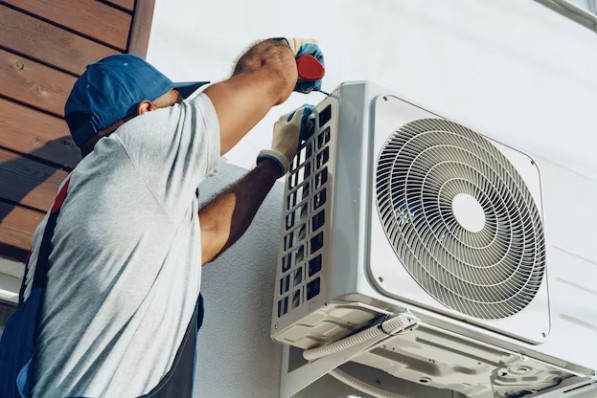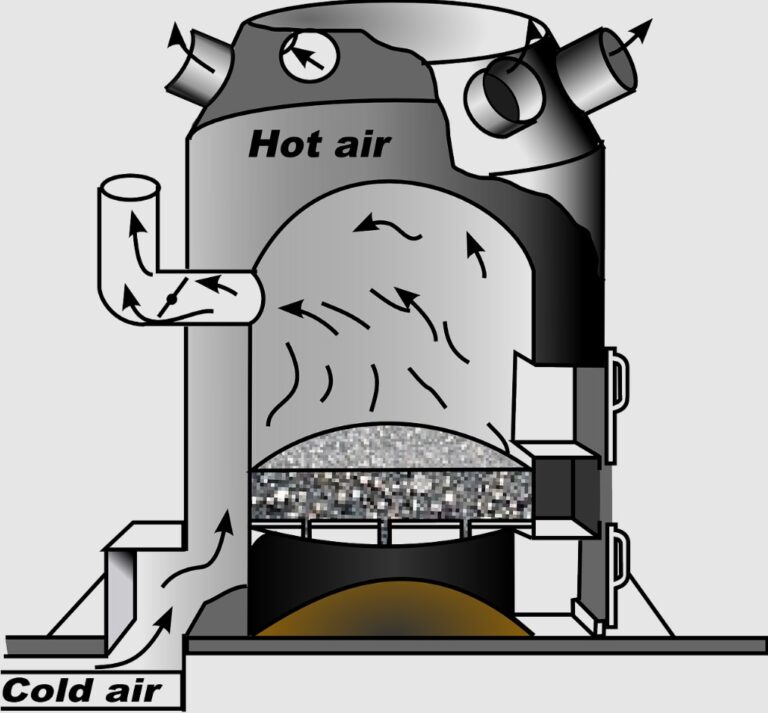Heating and air conditioning systems play a crucial role in keeping our homes comfortable throughout the year. When it’s time to replace your HVAC equipment, you’ll come across two common options: forced air heating and central air conditioning. Understanding the differences between these systems will help you make an informed decision that suits your specific needs. In this article, we’ll delve into the intricacies of forced air heating and central air conditioning, highlighting their unique benefits and features.
What is Forced Air Heating?
Forced air heating refers to any HVAC system that utilizes air ducts and vents to circulate temperature-controlled air into your home or building. It is commonly used to describe heating systems such as furnaces or heat pumps that rely on forced airflow to distribute warmth throughout the space.
How Does a Furnace Work?
A furnace, whether powered by gas, oil, or electricity, follows a simple yet effective process to heat your home:
- Fuel, such as propane or electricity, generates heat within the furnace.
- The heat produced flows through a heat exchanger.
- As the air in the ductwork passes over the heat exchanger, it absorbs the warmth.
- A blower then forces the heated air through the ductwork, effectively warming the entire house.
The term “forced-air furnace” is commonly used because it accurately describes the process of forcefully circulating heated air throughout the rooms. This system not only provides warmth but also improves indoor air quality by properly filtering the air.
How Does a Heat Pump Work?
A heat pump operates similarly to an air conditioner but with the additional capability of heating your home. During warmer seasons, it extracts heat from inside the house and releases it outside. In colder months, it extracts heat from the outdoor air and transfers it indoors. Here’s a breakdown of how a heat pump works:
- The heat pump’s evaporator pulls heat from the surrounding environment, whether it’s the air, ground, or a nearby water source.
- The heat causes the refrigerant to evaporate, which then moves to the compressor.
- As the compressor compresses the refrigerant, its temperature and pressure increase, amplifying the heat.
- The refrigerant, now in a gaseous state, moves to the condenser, where it releases heat to the central heating system’s water or air.
- Finally, the system distributes the warm air throughout the house using motorized blowers or pipes under the floors.
Heat pumps offer versatile heating and cooling options, making them a popular choice for many homeowners.
What is Central Air Conditioning?
Central air conditioning is a cooling system that uses a closed circuit of refrigerated air to keep your home cool and comfortable. It consists of both outdoor and indoor units working together to achieve optimal cooling efficiency.
How Does Central Air Conditioning Work?
Central air conditioning cools your home through a straightforward process:
- A vent pulls warm air from inside the house, which then flows over the evaporator coils.
- The evaporator coils absorb the heat, transforming the air into cold air.
- As the refrigerant absorbs the heat, it changes from a liquid to a gaseous state and heads to the compressor.
- The compressor decreases the volume of the gas, increasing its temperature and pressure.
- The gas then moves to the condenser in the outdoor unit, where it releases heat outside, converting back to a liquid.
- Once the refrigerant cools, it returns to the system, ready to repeat the cooling process.
Central air conditioning systems utilize the same ductwork as forced air heating systems, allowing for the efficient distribution of conditioned air throughout the house.
Forced Air vs. Central Air: What Sets Them Apart?
The main distinction between forced air heating and central air conditioning lies in their primary functions. Forced air systems primarily refer to heating systems, while central air conditioning systems focus solely on cooling. However, the terms are sometimes used interchangeably in the industry due to their shared use of air ducts and similar temperature regulation processes.
When choosing between the two systems, several factors come into play, including your specific requirements and the existing infrastructure in your home.
Benefits of Forced Air Heating
A forced air heating system offers several advantages:
- Efficient Cooling: Forced air systems effectively cool the entire house, ensuring consistent comfort throughout.
- Improved Air Quality: These systems come with built-in filters, allowing you to upgrade the filtration quality to enhance indoor air quality.
- Natural Dehumidification: Forced air systems naturally reduce humidity levels, making them ideal for areas with high humidity.
- Low Maintenance: With regular upkeep, forced air systems require minimal maintenance, making them convenient for homeowners.
- Energy Efficiency: Properly installed and utilized forced air systems can help lower your monthly energy bills while keeping your home comfortable.
If your home already has an existing ductwork system, central air conditioning may be the ideal choice. Here are some reasons to consider central air:
- Seamless Integration: Central air conditioning utilizes the delivery system of a forced air heating system, making installation and integration easier.
- High Efficiency: There are numerous high-performance, energy-efficient central air conditioning units available on the market today.
- Professional Installation: To ensure optimal performance, it’s crucial to have a skilled HVAC technician install your new system.
- Reliable Cooling: Central air conditioning provides consistent cooling throughout the house, ensuring every room remains comfortable.
Making the Right Choice for Your Home
When it comes to choosing between forced air heating and central air conditioning, it ultimately depends on your specific needs and circumstances. Consider factors such as your existing ductwork system, humidity levels, and the level of control you desire over your indoor environment. Consulting with a trusted HVAC professional will help you navigate the decision-making process and ensure you select the most suitable system for your home.
If you’re in the Santa Rosa area and looking for a reliable HVAC company, Next Day Air And Heating is here to help. We offer a range of heating and cooling solutions, including forced air systems and central air conditioning. Contact us at (707) 600-6986 or learn more about our services.
Remember, when it comes to your home’s comfort, making an informed decision is essential. Choose the system that aligns with your needs and provides reliable, efficient cooling or heating year-round.
